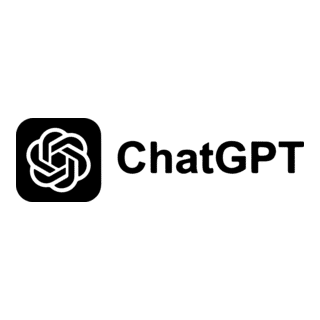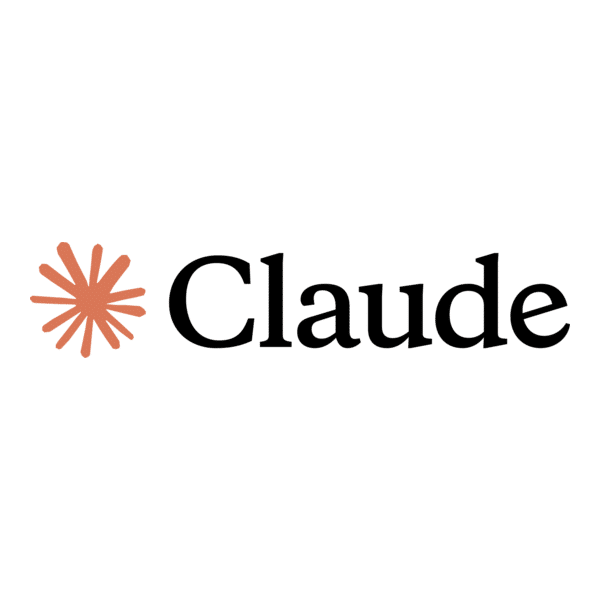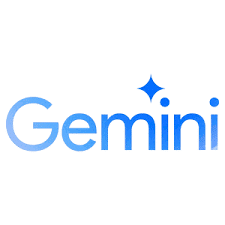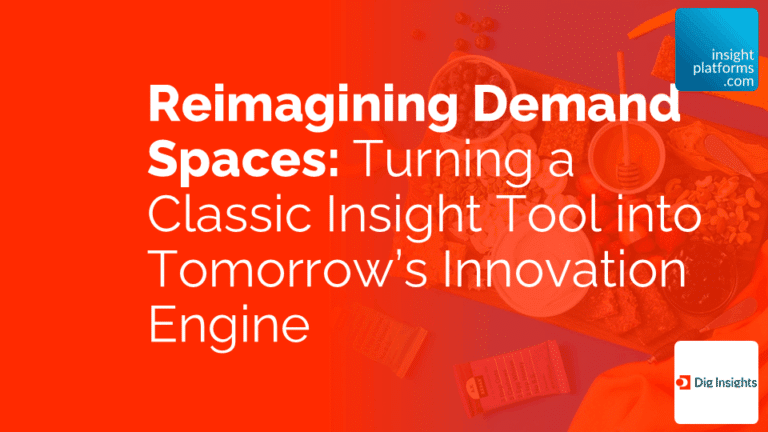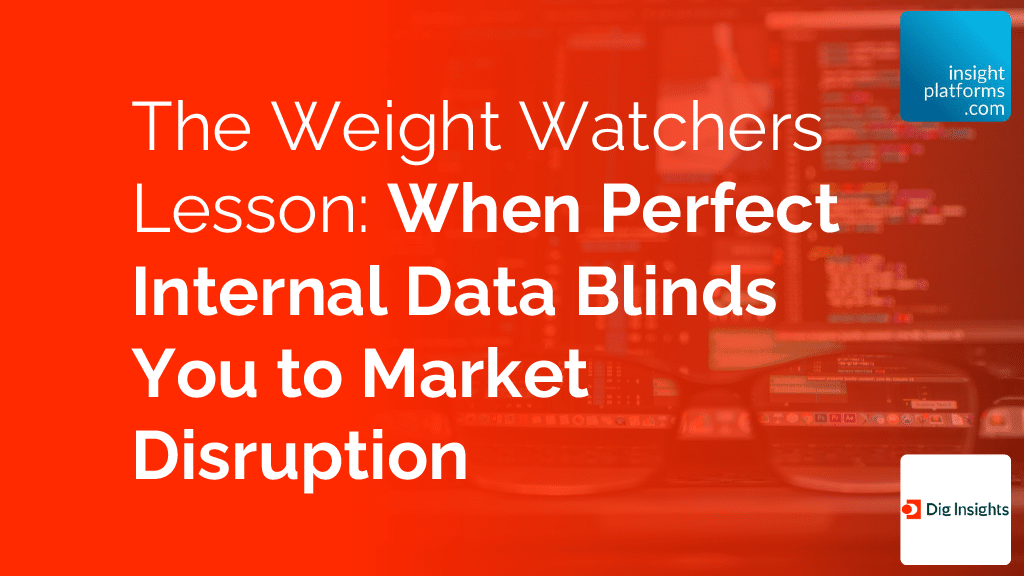
The Weight Watchers Lesson: When Perfect Internal Data Blinds You to Market Disruption
By Dig Insights
- article
- Agile Quantitative Research
- Agile Qualitative Research
- Behavioural Insights
- Brand Research
- Concept Testing
- Diary Studies
- Innovation Research
- Trend Monitoring
- Trend Scouting
Do consumers hate dieting? For decades, Weight Watchers completely owned the weight loss space. They had prolific market share, deep consumer knowledge, and probably one of the most sophisticated data ecosystems in the category. They were tracking everything: meetings, check-ins, weigh-ins, app behaviour, and member engagement. Their tracking went even deeper than typical brands because engagement, tracking, and data were part of their soul, part of who they are.
They knew their audience inside and out. They knew what their demands and needs were. But despite all of this internal insight, they weren’t looking outside enough to understand the cultural and market changes, what was gaining momentum, and what was in decline.
This article covers part of the webinar “Reimagining Demand Spaces: Turning a Classic Insight Tool into Tomorrow’s Innovation Engine”. Rewatch the entire webinar here:
Reimagining Demand Spaces: Turning a Classic Insight Tool into Tomorrow’s Innovation Engine
The Decline Started Before GLP-1s
About six or seven years ago, as a result of this really internal-facing effort and a lack of wider purview into their market, Weight Watchers started to see those first indicators of decline. This decline started way before GLP-1s ever entered the market.
When those drugs did appear, Weight Watchers wasn’t able to react quickly enough because they completely underestimated how transformational GLP-1s would be when they entered the weight loss industry. More importantly, they couldn’t have predicted the shifts in how consumers would respond because they weren’t looking at those indicators, at those signals.
The Three Signals They Missed
While they could have predicted behavioural patterns with their own consumers, they most likely could not have predicted the exact moment of disruption with GLP-1s. But if they had been monitoring external signals, when this impact hit the industry, they could have pivoted a lot faster.
Three signals really stood out that, had they been tracking them, could have positioned the company to pivot more quickly:
1. Stigma Erosion
When tracking how GLP-1 conversations evolved over time, they began quietly in medical communities, private and where you might expect, considering it’s a pharmaceutical. Then they moved to Reddit and anonymised online conversations. Now they’ve fully exploded into Instagram, TikTok, and other public spheres where people and even celebrity endorsements openly share their experiences.
This visibility showed how quickly there was social acceptance and stigma erosion. If Weight Watchers had been monitoring that, they could have been speaking to their consumers differently about weight loss and what it means for their individual lives.
2. Alternative Access
Consumers aren’t waiting for prescriptions anymore. It started in medicine, but consumers are now going to med spas, compounding pharmacies, even fabricating their own eligibility criteria and microdosing GLP-1s off-label. All of these are clear signals of unmet demand and blurred category boundaries between medical and beauty. The market unravelled so quickly that people were willing to take it in and look for a solution that was as impactful as what we’ve seen with GLP-1s.
3. Reframed Conversation
This is where they really could have hit the mark. The discourse in the space has shifted from medical risk talking points like “obesity will take seven years off your life” and health context about why it’s important to lose weight, to lifestyle enablement. People are now focused on having more energy and joy in their lives, being able to participate in things they’ve never been able to join in before, going shopping, and embracing themselves.
That is an entirely different messaging approach. These signals reveal how rapidly the narrative and behaviour are transforming in the weight loss space.
Mapping Ripple Effects with a Futures Wheel
A futures wheel can map how innovations like GLP-1s create ripple effects across an entire ecosystem. This framework is critical for predicting what can happen as a result of major shifts.
The inner circle represents elements directly impacted by GLP-1s: appetite, nutrition, inflammation, behaviour, digestion, psychological well-being, and health and wellness elements.
The middle ring shows intended consequences: people reducing their caloric intake, experiencing weight loss, and having more control over their nutritional intake and food consumption.
But the outer ring surfaces unintended consequences: potential nutrient deficiencies, immune changes, and people embracing entirely new lifestyles. By mapping these layers, we can see not just what’s happening now (smaller grocery carts, smaller meal sizes) but also what is likely to happen next.
The Broader Lesson
This framework helps identify and build emergent use cases, explore further-out new needs and opportunities, and enable risk mitigation for transformative shifts. While the Weight Watchers example is weight-loss oriented, this works far beyond one category. We’ve seen understated ripple effects in the transformation from AI, in adaptogens entering the health and wellness space, in sweeteners, and across all kinds of spaces.
Each innovation creates both benefits and blind spots and, down the road, new opportunities. It’s not just about predicting disruption, it’s about being ready for it. If you can see there’ll be a ripple effect, it might not be your specific category, brand or product that will hit the nail on the head with how the disruption will take place, but being ready for it is a huge win.
This article covers part of the webinar “Reimagining Demand Spaces: Turning a Classic Insight Tool into Tomorrow’s Innovation Engine”. Rewatch the entire webinar here:

